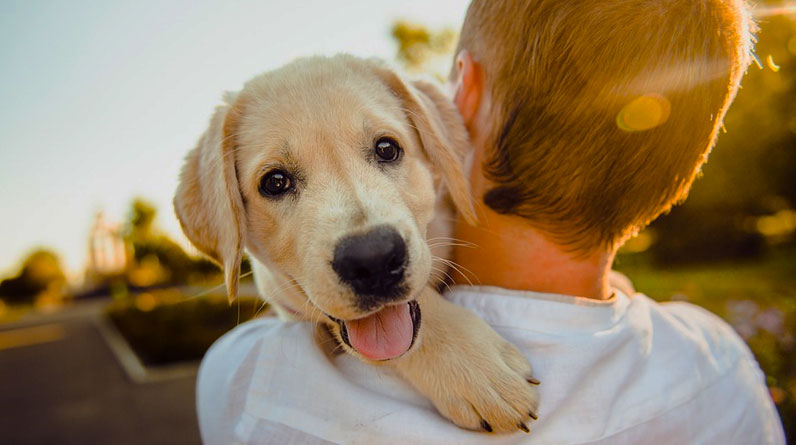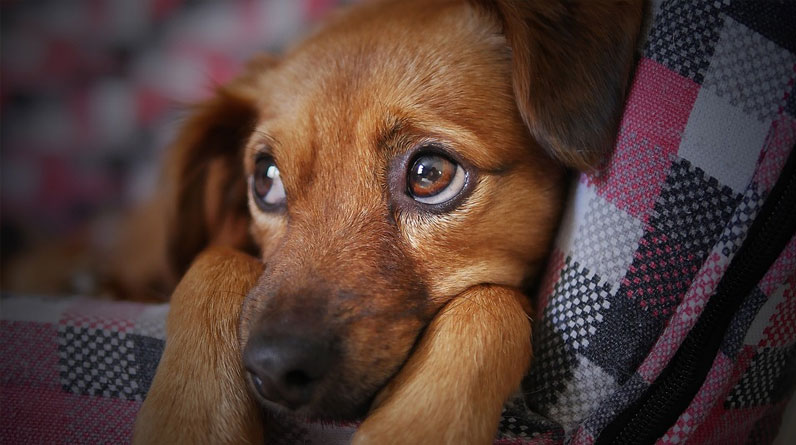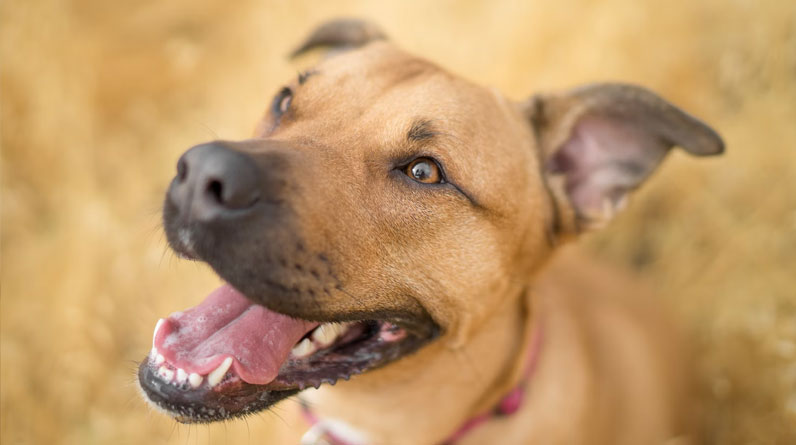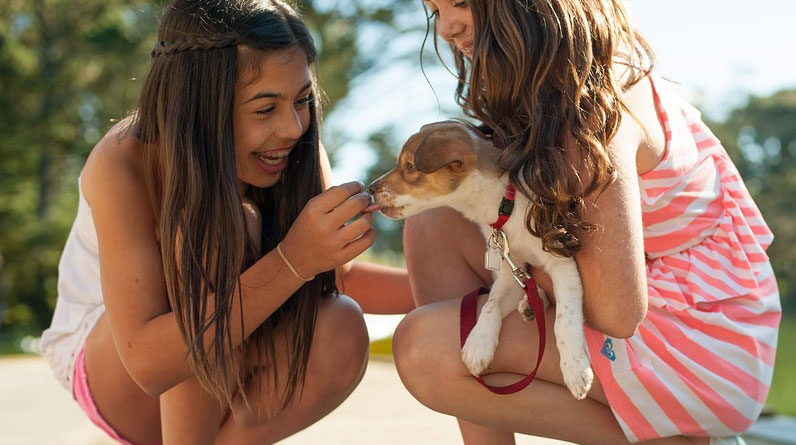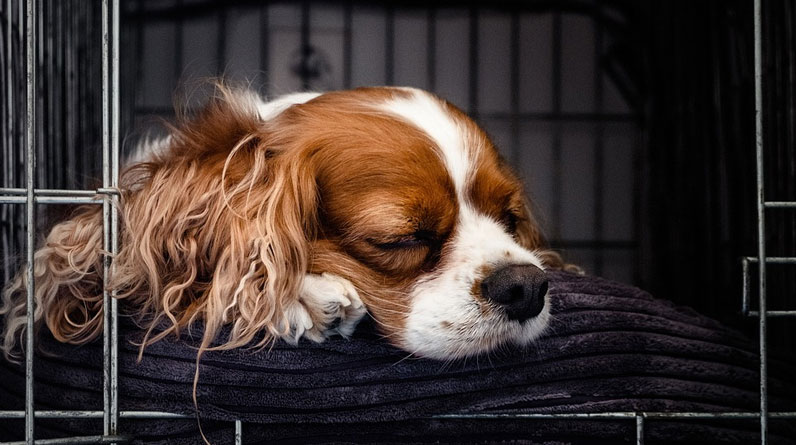
Crate-Training your Puppy
Crate training your puppy is a great way to establish a happy, trusting, and safe relationship between you and your small dog.
As a responsible pet parent, you’ll want to keep your pup safe from harm when you are not around to supervise. In addition, crate training also has other benefits for your puppy.
For example, your little buddy will have his own special place where he can go for peace and privacy when he needs it.
What is a Dog Crate?
A dog crate is basically a box or a small-sized kennel that is used for keeping dogs safe and content. A crate is an excellent way to keep your dog safe and sound when he is at home by himself.
It can also be used for housebreaking your dog or for preventing him from chewing inappropriate items or getting into dangerous places. A crate offers your dog a den-like environment that is different from the open space of the rest of the house.
Dogs are used to denning, which is where they sleep and breed in a small, confined space. Crating mimics this behavior, which makes it a useful tool for training and housebreaking.
Benefits of Crate Training
- When done properly, crate training is a humane way to train your puppy to “hold it” until he can get outside. If your puppy has an accident when he is not being watched, he is likely to be afraid of being punished. He will likely avoid your presence, which is not a good thing. Crating your puppy will provide him with a safe place when he cannot hold his bladder or bowels.
- Crate training allows you to keep your puppy safe if he is too young to be left alone. Your puppy may also be crated if he is sick or recovering from surgery.
- If you travel by car with your puppy, he will be more comfortable if he is crated.
- Crate training is especially important for the growing puppy. It can help him learn to be patient and wait for his food. It will encourage him to remain in one place, which is helpful when he is expected to remain in one spot during grooming and veterinary visits.
- Crate training can also help you when you are training your puppy in other ways. Your puppy will learn that being crated is not a punishment. He will eventually feel more secure in his crate, making training him in other areas easier.
How to Crate Train a Puppy
- First, you’ll need to provide your puppy with the right kind of crate. His crate should be just large enough for him to stand up, turn around and lie down in comfortably. It is a good idea to get your puppy used to going into the crate by feeding him his meals in his crate. This will help him associate the crate with something positive.
- Put the crate in a room where you spend a lot of time, like the living room or family room, or in your bedroom if your puppy is expected to bark and disturb the rest of the family. This will help your puppy feel like he is part of the family.
- Crate your puppy when you cannot be with him to supervise him. This may only be for short periods at first until he gets used to the crate. As he grows and develops, you will need to increase the amount of time he remains in the crate.
- If your puppy whines or cries while he is in the crate, do not let him out until he is quiet. If he whines and you take him out, he will think that the more he cries, the sooner he will get out of the crate. If your puppy has an accident in his crate, do not punish him. Clean the crate with an enzyme cleaner that neutralizes odors.
- Do not let your puppy sleep in a crate overnight until he is at least 6 months old. If you must keep him in a crate overnight because you are away from home, increase his feeding time so he does not get hungry enough to cry and whine.
Tips for Effective Crate Training
- When you want your puppy to be quiet and out of trouble, put him in his crate. If he is noisy, crying, or just being a pain, crate him until he settles down.
- When you are not home, your puppy should be in his crate. If you have more than one dog, the puppy can be kept in the crate while the other dog or dogs are confined to a specific area.
- Do not keep your puppy in the crate for long periods of time. He should be let out for exercise and for potty breaks.
- Place a soft bed, a toy, and something to chew in your puppy’s crate.
- When you are home, make sure to spend time with your puppy while he is in the crate. Talk to him, pet him, and offer treats.
When is it Not Advisable to Crate Train Your Puppy?
There are times when crate training your puppy will not be advisable. If your puppy is extremely fearful, depressed, or extremely aggressive, crate training may not be the right course of action.
Your puppy may have other issues that should be addressed before crate training is attempted. Puppies who are sick, injured, or recovering from surgery should not be crated.
If your puppy has diarrhea or vomiting, he should not be crated until the symptoms disappear. Puppies who are extremely young or very small may be unable to hold their bladder long enough to be crated. Their small bladders may cause them to have frequent accidents while they are confined.
More Considerations for Crate Training
1. Acquire a crate that is big enough for your puppy to stand up, turn around, and lie down in comfortably.
2. Place the crate in a draft-free, quiet area of your home.
3. Line the bottom of the crate with a soft blanket or towel.
4. Feed your puppy his meals in the crate, and put him in the crate when you are not able to supervise him.
5. Reward your puppy for entering the crate and sitting or lying down inside.
6. Gradually increase the amount of time your puppy spends in the crate.
7. Close the door to the crate when your puppy is comfortably sitting or lying down inside.
8. If your puppy begins to whine or bark in the crate, patiently wait for him to stop before opening the door.
9. Continue to crate your puppy for short periods of time until he is completely house-trained.
Conclusion
Crate training is a great way to keep your puppy safe when he is not being watched. It can also be used when he is too young to be left alone, when he is sick or recovering from surgery, or when he is expected to bark and disturb the rest of the family. Crate training can also be used to train your puppy in other ways, and it can be very helpful for puppies who are very fearful, depressed, or aggressive.
